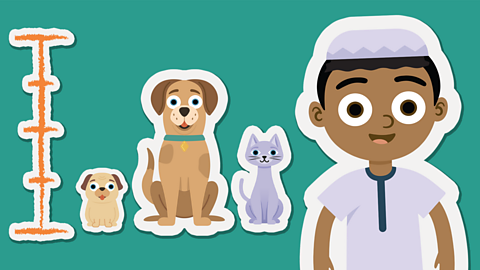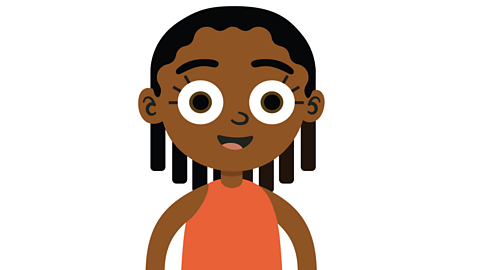
Why do we measure in litres?
Capacity is the amount of liquid a container can hold.
Volume is how much liquid is in the container.
We can measure both in millilitres and litres.
A litre is much more than a millilitre.
1 litre = 1000 millilitres
We shorten litre to 'l', so we might also say:
1 l = 1000 ml
We use litres to measure larger capacities. For example, how much water you might drink in a day or how much paint is needed to paint a room.

Watch: Measuring length, weight and volume
Example 1
Can you match these containers to their capacity in litres?
- Which one is 500 litres?
- Which is 1 litre?
- Which is 10 litres?

‚úì Did you get these answers?
| Container | Capacity |
|---|---|
| Milk bottle | 1 litre |
| Bucket | 10 litres |
| Paddling pool | 500 litres |
Example 2
Jasmine has two bottles, one filled with 5 litres of juice and an empty bottle that holds 3 litres.
She fills the 3 litre bottle by pouring from the 5 litre bottle.
Which bottle now has the most juice?
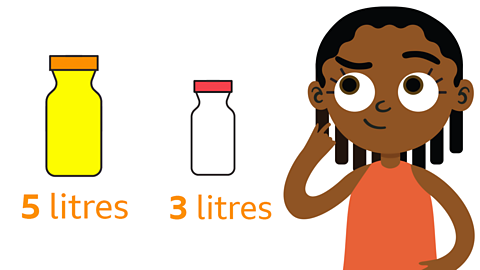
‚úì After pouring 3 litres from the 5 litre bottle, there will be 2 litres left.
5 – 3 = 2 litres
The smaller bottle now has 3 litres of juice, so it has more juice.
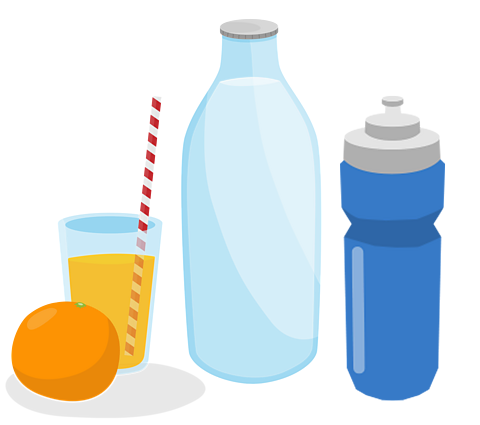
Activity
Be your own measurement detective and work with a parent or guardian to find objects around your home which hold up to 1 litre, for example a bottle of water or a can of orange juice.
- Can you find a container that holds exactly 500ml?
- Can you find a container that holds exactly 1l?
- Which container holds the most?
- Which container holds the least?

NEW! Play Karate Cats Maths - the winter update. game
Deck the dojo in the Christmas update and unlock festive outfits for your Karate Cats. Available for a limited time only!

More on Measuring
Find out more by working through a topic
- count10 of 10
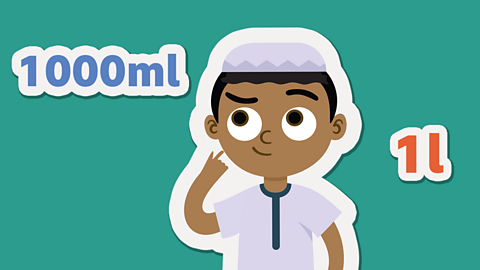
- count1 of 10

- count2 of 10

- count3 of 10
